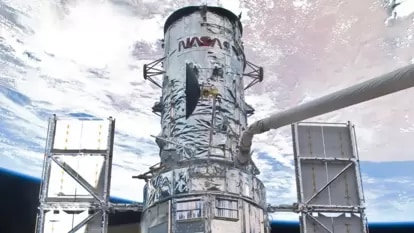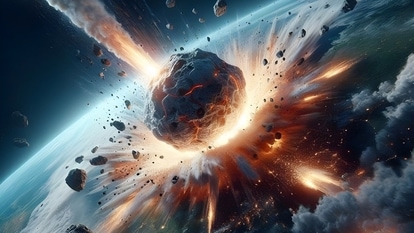This asteroid news from NASA will terrify you! It is quite SERIOUS
A shocking revelation by NASA says that the number of giant asteroids that have struck the Earth in the past could be far more and the effects far worse than previously believed.
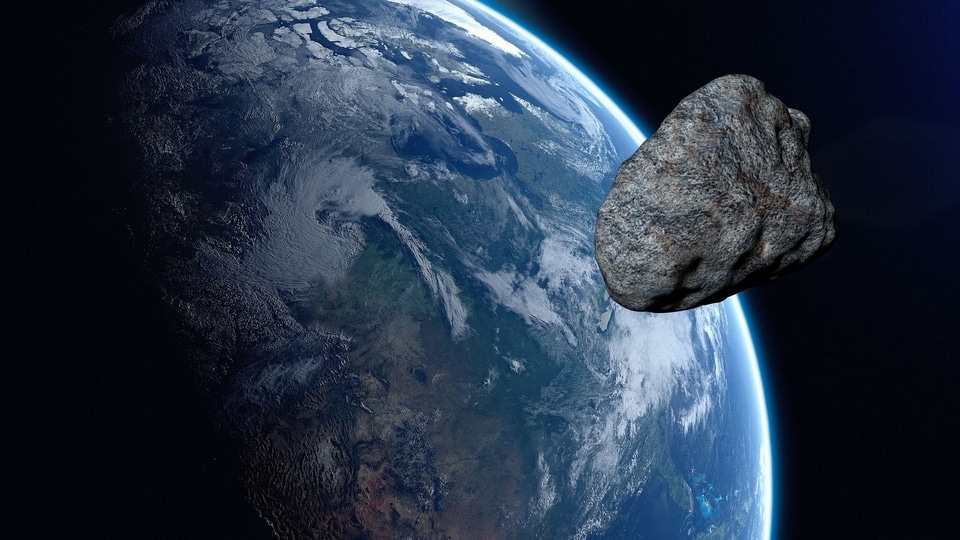

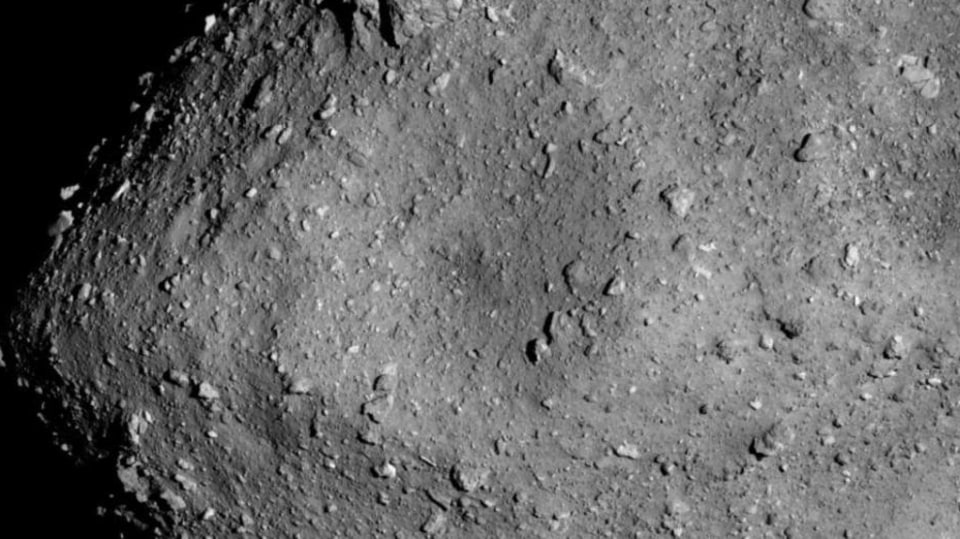
_1639115875543_1639115887157.jpg)
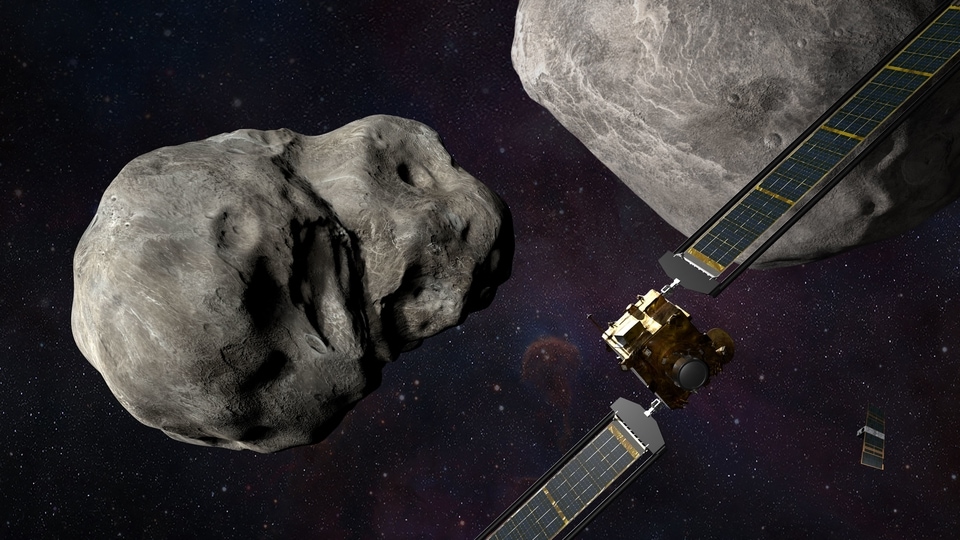

 View all Images
View all ImagesOn its official website, NASA mentions that the chances of an asteroid large enough to cause a global catastrophe (about one kilometer in width) striking the Earth is once every 100,000 years on average. However, a NASA chief scientist has put serious doubts about that asteroid strike claim after revealing that there could be a big miscalculation in estimating both the number of large asteroids hitting our planet as well as how devastating these blows were. As different space agencies build different asteroid defense mechanisms to protect us from future threats, there might be less time than we realize.
According to a report by Science.org, NASA Goddard Space Flight Center chief scientist, James Garvin, revealed during his presentation at the recent Lunar and Planetary Science Conference that the Earth's actual risk of a large asteroid strike “would be in the range of serious c**p happening”.
The new information came after Garvin and his team used high-resolution satellite images to re-examine the weathered remains of some of the largest impact craters formed within the past million years. And the findings have been shocking.
Earth is at a higher risk of asteroid strikes
Scientists took a closer look at a 12 to 14 kilometer wide depression in Kazakhstan called Zhamanshin, which is an asteroid crater and considered the most recent impact that could have caused a nuclear winter. It was earlier believed to have been caused by an asteroid with a diameter of 200-400 meters roughly around 90000 years ago, but it was found that the actual asteroid could have been much larger and the impact much bigger. High resolution images from satellites showed faint rings beyond what had been considered the craters' outer rims, making the craters larger than previously thought.
It is now believed that the actual impact crater could be about 30 kilometers wide and the asteroid could also be significantly larger. Similar faint rims have been seen in multiple other craters.
What is happening here is that the Earth is very capable of healing its craters through deposition of dirt and soil over thousands of years. As such, it can be very difficult to understand just how big a crater is. And this also raises the question of how many such craters have been entirely covered by the Earth. This is what Garvin believes caused the huge miscalculation in assessing the risk of asteroid strikes for our planet.
At the moment, this new research is a hypothesis, since science cannot be changed based on a single observation. But it has raised some legitimate questions around the probability of asteroid strikes that now scientists have to research and verify.
Catch all the Latest Tech News, Mobile News, Laptop News, Gaming news, Wearables News , How To News, also keep up with us on Whatsapp channel,Twitter, Facebook, Google News, and Instagram. For our latest videos, subscribe to our YouTube channel.





